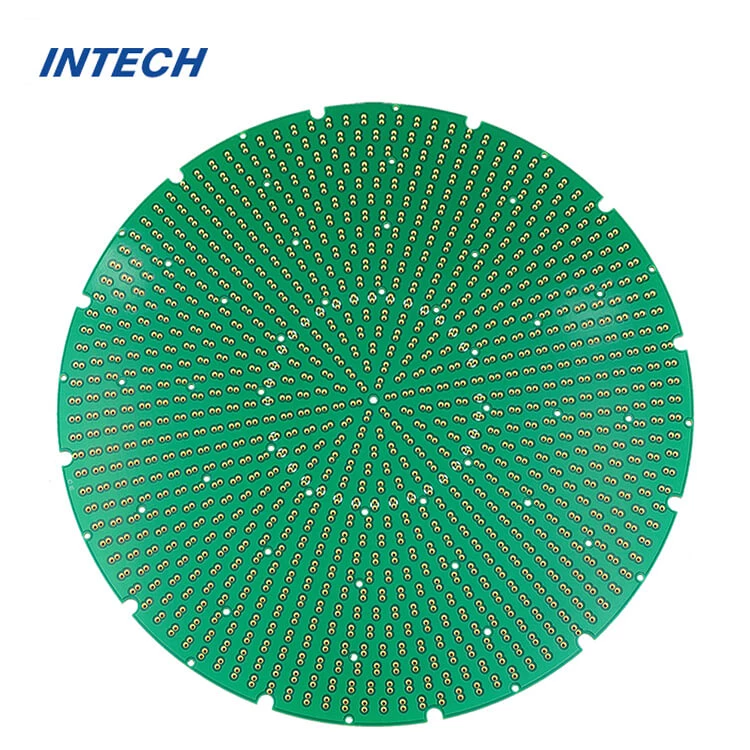What are the 3 types of PCB?
Date:2023-07-05 17:15:39
Printed Circuit Boards (PCBs) are an essential component in modern electronics and play a crucial role in connecting various electronic components. There are three main types of PCBs, each with its own distinct characteristics, uses, and benefits.

Single-Sided PCBs
Single-sided PCBs are the simplest and most basic type. As the name suggests, they have conductive materials only on one side of the board, allowing for only one layer of circuitry. These PCBs are commonly used in simple electronic devices with fewer components, such as calculators, radios, and digital clocks.
Single-sided PCBs are cost-effective, easy to manufacture, and ideal for low-density designs that don't require complex circuits. However, their limited space can result in larger board sizes and restricted functionality.
Double-Sided PCBs
Double-sided PCBs have conductive materials on both sides, allowing for two layers of circuitry. They provide more flexibility and are widely used in various applications. The top and bottom layers are connected through vias or through-hole technology.
Double-sided PCBs are suitable for more complex designs and can accommodate a higher number of components. They offer better routing options, reduced electromagnetic interference, and improved circuit density. This type of PCB is commonly used in automotive electronics, industrial controls, and power supplies.
Multilayer PCBs
Multilayer PCBs consist of three or more layers of conductive materials, separated by insulating layers called substrates. These substrates provide electrical insulation and enhance the strength of the PCB. The layers are connected using vias or other techniques, allowing for increased circuit density.
With their high complexity and capabilities, multilayer PCBs are suitable for advanced electronics, such as smartphones, computers, and medical devices. They offer enhanced functionality, reduced electromagnetic interference, and smaller board sizes. Additionally, they provide better thermal management, making them suitable for high-power applications.
Summary:
In summary, the three main types of PCBs include single-sided PCBs, double-sided PCBs, and multilayer PCBs. Each type serves different purposes and has its own advantages and limitations. Single-sided PCBs are simple and cost-effective but have limited functionality. Double-sided PCBs offer more flexibility and better routing options. Multilayer PCBs provide advanced functionality and are suitable for high-complexity designs. Understanding these different types of PCBs helps in choosing the most appropriate one based on the specific requirements of the electronic device.
